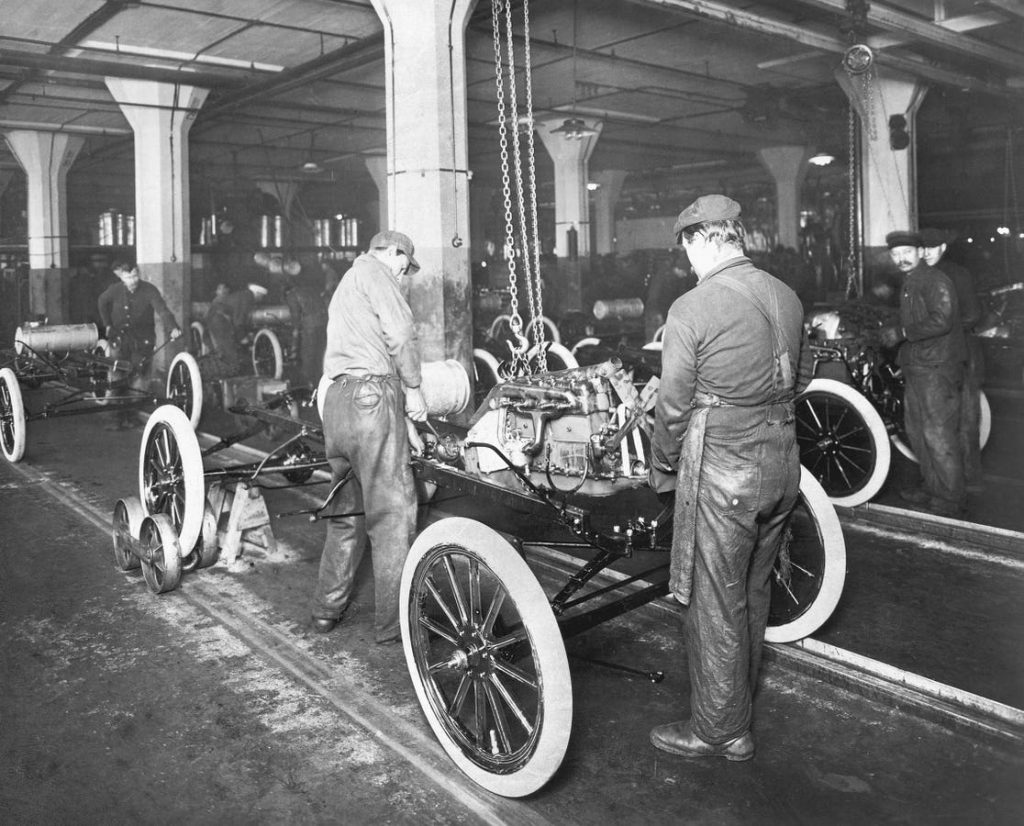The latter half of the 20th century witnessed the unprecedented expansion of globalization, driven by the pursuit of lower labor costs and facilitated by drastically reduced shipping expenses. Supply chains stretched across continents, particularly benefiting from China’s emergence as a manufacturing powerhouse, leading to a surge in global shipping volumes and an influx of affordable goods. However, the 21st century has ushered in a new era marked by heightened geopolitical tensions and economic recalibrations, rendering the allure of unfettered globalization less compelling. Rising labor costs abroad, coupled with the increasing complexity of manufactured goods and the vulnerability of extended supply chains to disruptions, have prompted a reassessment of manufacturing strategies. The imperative for greater reliability and security in an uncertain global landscape is increasingly driving businesses to consider relocating manufacturing operations closer to home, particularly to the United States.
The endeavor to repatriate manufacturing, often termed “reshoring,” presents a multifaceted challenge for US companies. Identifying suitable locations for new factories and securing a skilled workforce are paramount hurdles. While the prospect of identifying “reshoring winners” might be tempting, focusing on the companies providing the necessary tools and technologies for this transition offers a more compelling investment strategy. These “picks and shovels” businesses, specializing in automation, robotics, and smart factory solutions, are poised to capitalize on the structural shift toward domestic manufacturing. Addressing the rising costs of labor and capital is crucial for successful reshoring, and the challenges presented by labor shortages and the integration of smart technologies create lucrative opportunities for these enabling firms.
The COVID-19 pandemic underscored the fragility of globally dispersed, just-in-time supply chains. Disruptions in the availability of even seemingly minor components had cascading effects, halting production lines and contributing to historic inflation. This experience served as a stark reminder of the vulnerability of domestic industries to disruptions in the supply of critical components, often sourced from overseas. The pandemic highlighted the strategic importance of securing domestic production of essential goods, particularly those related to national security, such as semiconductors and components for power generation. This realization has spurred governmental efforts to incentivize domestic manufacturing through programs like the CHIPS and Science Act and the Inflation Reduction Act, which offer subsidies, grants, and tax credits to promote domestic production and research and development in strategically important sectors.
The semiconductor industry exemplifies the strategic importance of domestic manufacturing. Semiconductors are integral to advanced weapon systems, quantum computing, artificial intelligence, and the broader technology economy. Ensuring domestic production safeguards intellectual property, fosters critical skills development, and reduces dependence on foreign suppliers, particularly in a context of geopolitical uncertainty. Furthermore, while conflict is always undesirable, overreliance on foreign semiconductor manufacturing, especially concentrated in Taiwan and South Korea, creates significant vulnerabilities for the US in the event of geopolitical tensions. Consequently, maintaining domestic semiconductor production is paramount for national security and technological leadership.
The drive to reshore manufacturing faces a significant obstacle: the prevailing labor shortage in the United States. Projections indicate a substantial need for skilled manufacturing workers in the coming years, with a significant portion driven by retirements within the existing workforce. Attracting and retaining talent in a tight labor market poses a considerable challenge, complicated further by a broader national labor shortage. Immigration reform and streamlined legal immigration programs will be crucial for addressing this workforce gap, complementing efforts to train and upskill domestic workers. Retaining experienced workers can offer a temporary solution, but the evolving nature of manufacturing demands new skillsets, necessitating investments in education, training programs, and reskilling initiatives. Crucially, embracing automation should not be viewed as a threat to jobs but as an opportunity to enhance productivity and create new, higher-skilled roles.
The labor shortage necessitates a shift towards more capital-intensive manufacturing models, characterized by higher upfront investments in automation and robotics. These models, while potentially more productive, also carry greater financial risks. Unlike labor-intensive operations where costs can be adjusted through layoffs, capital-intensive businesses have less flexibility due to significant fixed costs associated with equipment. Moreover, these advanced manufacturing facilities require a highly skilled workforce, including operators, technicians, and engineers, who command higher wages and require specialized training. Securing financing for these capital-intensive ventures requires lenders and investors with long-term perspectives and deep industry expertise. This creates opportunities for specialized lenders in the mid-market space, catering to the financing needs of small and medium-sized manufacturers seeking to modernize and expand their operations.

